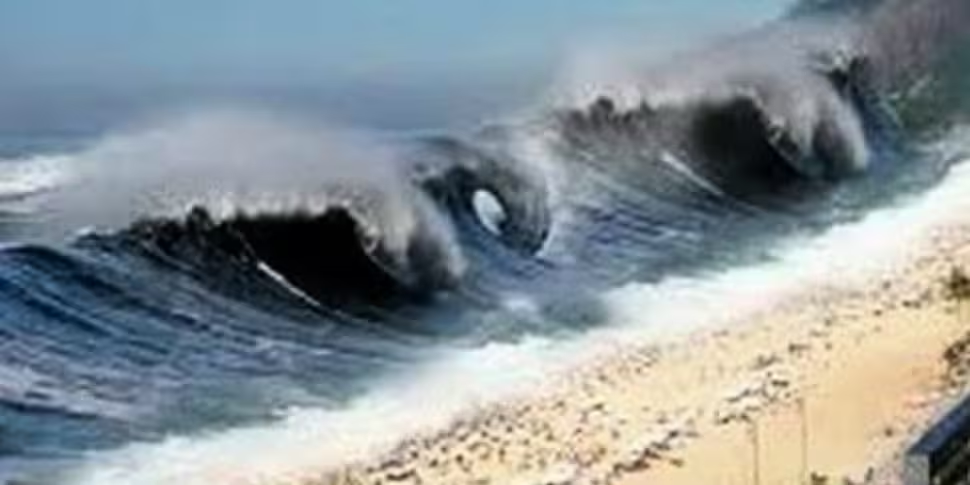The Pulitzer Prize dolled out its prizes to the greatest works of fiction, non-fiction, music, drama and journalism on Monday, with Hamilton’s success in the drama category- and Emily Nussbaum’s win in criticism, grabbing most of the headlines. But it was Kathryn Schulz, who won for her article, ‘The Really Big One’, in The New Yorker that brought the fear back to us like a 14-year old coming down off of Alco-pops.
Every year, Hollywood floods our screens with disaster movies, where the West or East coast of wherever are wiped out by aliens, asteroids, volcanoes, earthquakes and tidal waves.
But if you currently live in the Pacific Northwest- or plan to over the next fifty years, you have a one in three chance of living through those latter two hells, combined, yourself. The worst natural disaster in the charted history of the North American continent is long overdue, with the last shake on the Cascadia Subduction Zone taking place before the country existed in its present format.
It’s been so long seismolagists didn’t even know the fault existed until the 1960s…allowing an entire civilization to be built on the very ground that will rise up and destroy it.
via GIPHY
Schulz’s piece vividly created this nightmare scenario of the ground shaking, power grids failing, bridges snapping and houses sliding off unsecured foundations, as the ground beneath them liquefies.
All this could happen under the cover of darkness. With no early-warning systems in place, the only clue people will have that something is coming will be the barking of their dogs.
And it will all occur before the tsunami- possibly 100ft high and moving at 15 miles an hour, sweeps inland.
via GIPHY
It will take a year to restore drinking water, three months to restore electricity and 18 months to put proper health care facilities back in place, leading to an exodus which will make the one following Hurricane Katrina look like Spring Break.
Schulz paints all this against the background of First Nation and Japanese folklore, ghost forests, gripping scientific detective work (that is as fascinating as it is easy to follow) and terrifying construction and safety practices.
Her scenario refuses to be sugar coated. If you are elderly or you are disabled you are most likely dead. It will be every man, woman and child for themselves.
Thankfully, for those with nervous bowls,
Slate reported that a group of Northwest earthquake experts took to Reddit, not so much to discredit her, but to shave some of the poetic license she added to the science from the facts.
While Schulz, herself, published a follow up piece a week later, in
The New Yorker to put more plainly the areas at risk and the threat of a quake.
Chris Goldfinger, the chief paleoseismologist quoted in the article, spoke to Sean Moncrieff back in August, to find out a little bit more on the science behind it.









